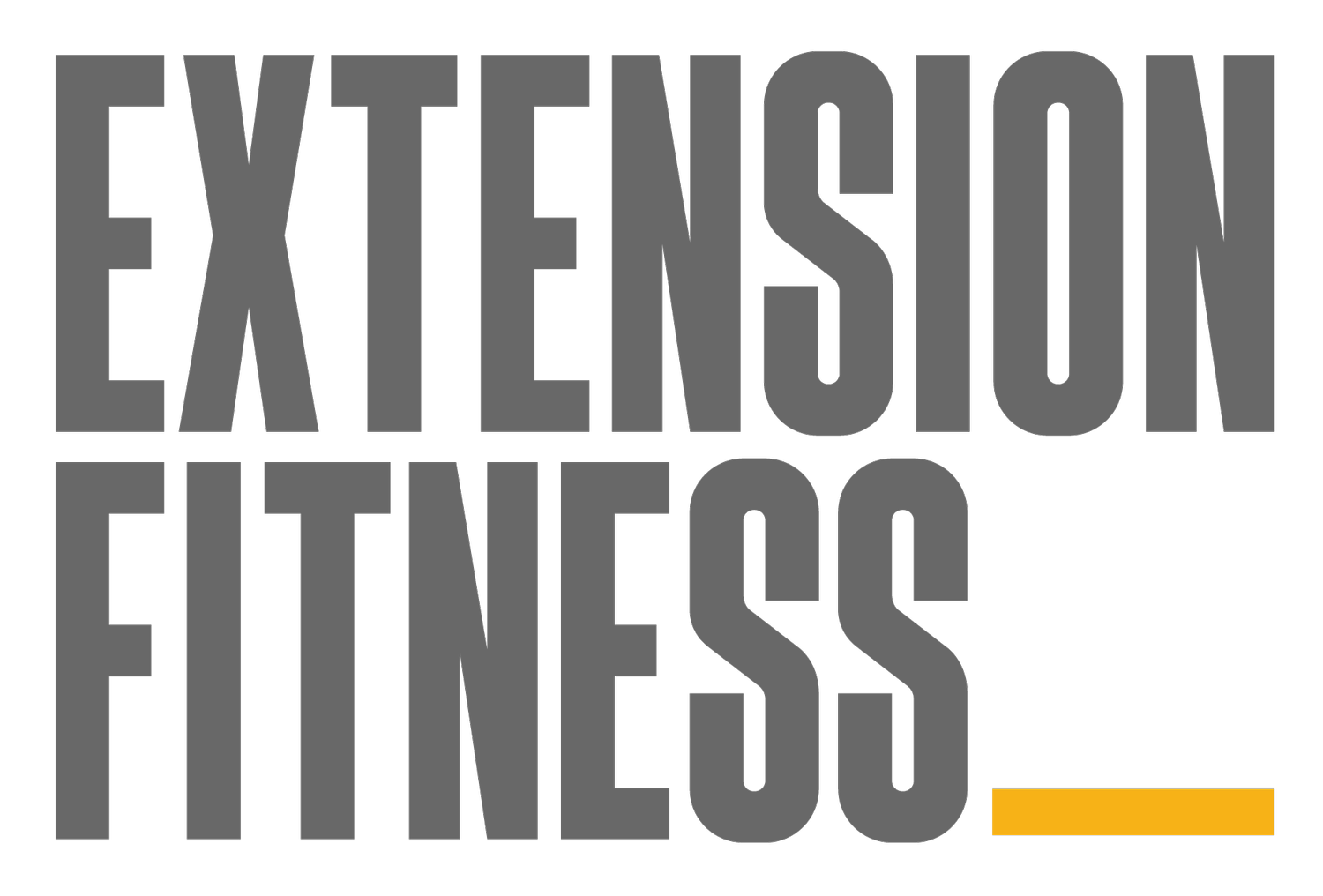How To Start Running When You’re Unfit
We love to hear your questions and receive your comments! Get in touch here, or send an email to hello@extensionfitness.com.au
Are you asking yourself,
“How do I start running when I’m unfit?”
You are not alone. Many are drawn to the simplicity and efficiency of running. It’s accessible, simple and – for those looking to lose weight – energy intensive. You burn a lot of calories when you run.
On the flip side, it can be uncomfortable and even painful. But it need not be so. Here are some tips to reap the benefits and avoid the pitfalls of forming a running habit.
1. Start Small
Resist the urge to bite off more than you can chew. If you are over 25 years old – imbibe this proverb:
“The heart and lungs are willing but the soft tissues are weak”
In other words, you may feel like you have the puff to go further and faster than you should. But you can’t outpace your body’s ability to recover and adapt. Many beginner runners needlessly injure themselves chasing after rapid results. Ironically, they drastically slow down their progress.
Here is what you should do: start off by mixing-in running drills and walking with your run.
Here is an example of a good starting point for a 40 year old person who played sport as a child but has been sedentary for a while:
3 runs per week (ideally on grass or another soft surface but don’t fuss unless that is on your door step)
Each run looks something like this:
3 minutes easy walking to warm up
Then repeat this sequence 3 times:
2 minutes brisk walking
1 minute jogging
1 minute walking
30 seconds running (at a pace that feels ‘somewhat difficult’)
Then do these drills – 15 meters for each repetition
Butt kicks x 2
Skipping x 2 (tip: this is nothing fancy – just skipping moving forwards)
High knees x 2
Then 3 minutes easy walking to cool down
2. Learn the Skill of Running
Learning the fundamentals of proper form can make your running more enjoyable and comfortable. It can also help you to prevent injuries and run faster. You need not slavishly obsess over your technique – there is a big range inside the tent of ‘optimal’.
Personally, I think that once you get to the point where you can run or jog comfortably for a reasonable period of time, you can begin to unlock the running treasure chest and start plundering the loot.
Check out Strength Running. The website, YouTube Channel and Podcast have excellent content on proper technique. Especially this video on proper form.
Running well is a skill. It’s about more than simply exerting ever-increasing levels of effort. For this reason, you will be well served by spending some time on a bit of weight training.
Weight training is to running as scales are to learning an instrument.
I am not talking about pumping iron or gym memberships. Plenty can be done in your home or – ideally – in the great outdoors. Body weight exercises can be simple, easy and quick. They will hone your ability to run in a way that can even be enjoyable!
Start with these three:
1. Body weight squats
2. Backward lunges
3. Plank
Here’s an article that will help. Have a look. It is not a long read. Plus, it has good footage about how to do these exercises. Again, Strength Running is your friend here, too. If you have access to a gym, you can create simple workouts by following a squat, hinge, push, pull formula. Follow this link to read more about how to engage in strength training.
3. Set a Goal
Training for an event is the gold standard for staying motivated. It is the best thing you can do to make running a regular feature of your life. Whether you want to finish a 10K fun run or run the whole way at your local Parkrun for the first time, tapping in to the power of an event related goal is the best thing for the most people.
Most things in modern life are short range or long range. Short range: the impending work or school deadline. Long range: raising well-adjusted children or paying off a mortgage.
Pick an event that is between four and ten weeks away. Make it something you can realistically finish. Register this week for that event. I think you will find satisfaction in striving towards something that is neither immanent nor distant.
4. Find a Group
In recent years, the recreational running scene has broadened its embrace to encompass the new runner and the not-so-fast runner. Exhibit A: Parkrun. This is a truly impressive global phenomenon. And it mirrors a broad shift in running culture – the celebration of having-a-go and striving for your personal best. Chances are that there is such a group nearby. Again, for most people, finding a running group is one of the best things to make a fledgling habit stick. You needn’t run with a group multiple times a week. Start off with once a fortnight and increase as you’re able.
Running is a great tool for improving your health and well-being. Follow these tips to start your running journey well. Who knows? You might move from wanting to simply finish your run to wanting to run. Crazier things have happened…
